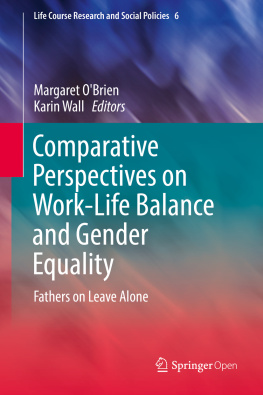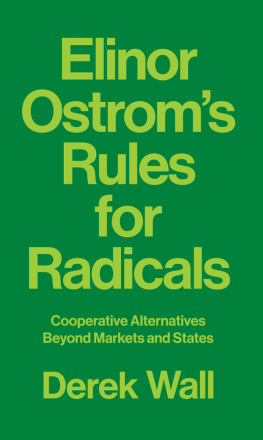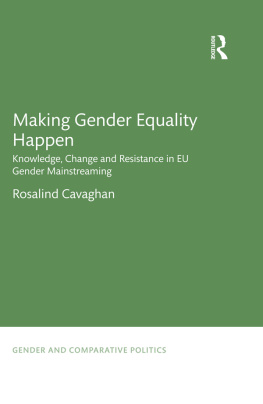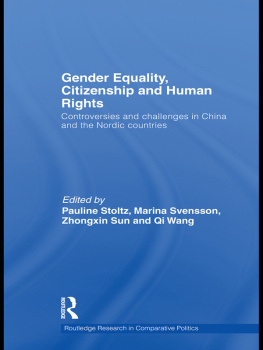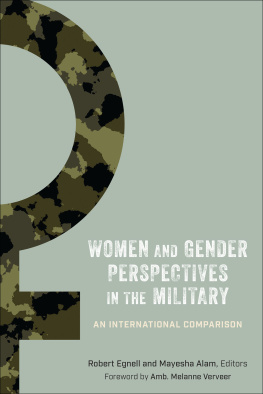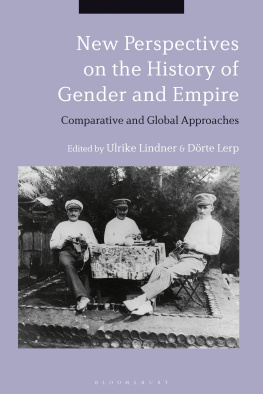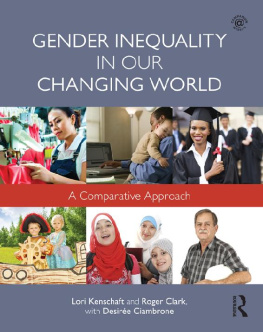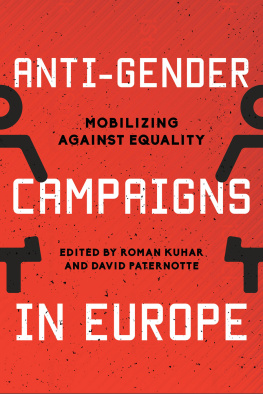1.1 Main Aims and Theoretical Issues
The aim of this book is to present original research findings on the experiences of fathers taking home alone leave in different country policy contexts. It seeks to illuminate fathering experiences of work-family balance and the gendered divisions of parental responsibilities in diverse countries across Europe, North America and Asia, specifically Japan.
Providing care for a newborn child and negotiating work-life balance during the first years of a childs life may be seen as crucial life events in the transition to fathering and mothering. To support this transition to parenthood, public policies in countries across the world have developed earnings-compensated leave systems as well as daycare services in order to help parents reconcile work and care responsibilities (Kamerman and Moss ).
Depending on eligibility criteria and type of leave scheme, fathers may be on leave part-time or full-time, at the same time as the mother or alone after the mother returns to work. An increasing number of studies are examining fathers use of leave entitlements, the factors shaping take-up, and the impact of leave use on family relationships, division of housework and the care of children (e.g. Lammi-Taskula ), research has yet to draw the evidence together and to take an international comparative perspective.
Research on this twenty-first century form of father-care raises four important theoretical issues which will be tackled in this book. The first is whether this type of leave for fathers tends to shift parental care away from the male breadwinner-female carer model, thereby reinforcing gender equity both in paid and unpaid work. Welfare state literature and gender studies (e.g. Sainsbury ).
Similarly, entitlements for fathers and policy measures promoting the gender sharing of leave have also revealed complex consequences. Individual and non-transferable leaves of fathers are generally seen to strengthen mens ties to unpaid work by involving men in care work, promoting father-child bonds and allowing men to increase their ability to reconcile work and family life (e.g. Haas and Hwang ). On the other hand, the evidence base is still mixed on the scale and sustainability of changes within families associated with fathers use of leave.
A second issue is whether leave-taking by fathers is shifting the perceptions and practices of fathering and mothering and in which directions. The literature on fathering and fatherhood underlines a strong trend, in all developed countries, towards ideals and practices of more involved fatherhood (Hobson ). These two perspectives do not necessarily clash. As some research literature has pointed out, changing policies and social contexts do not always have clear-cut effects. A common trend towards changing perceptions and practices of fatherhood is not necessarily linked to gender equality in parental roles. In fact, involved fatherhood and gender egalitarianism may emerge as different dimensions and have to be conceptualized and analysed separately.
The question of changing fatherhood is related to a third, complex theoretical issue: conceptualizing the nature and type of social processes underlying the experiences of fathers on leave alone. Differing approaches and concepts are related to different disciplines (Oechsle and Hess ).
A fourth and last issue is related to the impact of differing policy and social context on the understandings and experiences of fathers taking leave alone. Comparative social policy literature has shown that states reveal different levels of attention to fatherhood, work-family balance and gender equality in early parenthood. Moving beyond the typology of welfare regimes proposed by welfare studies (Esping-Andersen ). The lived experiences of fathers and the consequences of leave, as understood by fathers themselves, will be also be influenced by these differences in leave policy regimes and their implication for paid and unpaid work.
A life course perspective has the potential to connect individual pathways, adult and child, with policy and societal contexts in specific historical junctures and so link the theoretical approaches described above (Elder and Shanahan ). That is, the phenomenon of fathers taking parental leave alone is embedded in an interconnected set of societal and personal life course processes.
In summary, the first objective of the book is to portray mens experiences of home alone leave and how it affects their lives and family gender roles in different policy contexts. A second objective is to explore how this unique parental leave design is implemented in these contrasting policy regimes. The authors theoretical frameworks draw on three major theoretical strands: social policy, in particular the literature on comparative leave policy developments; family and parenting studies, in particular the analysis of family processes related to parent-child interactions and the care of young children; and gender studies, in particular the literature focusing on the gendered divisions of work and care and recent shifts in the gendering/de-gendering of work-family balance.
1.2 Developments in Fathers and Leave Policies: Research Messages
National policy developments provide fathers with different entitlements and opportunities for work-family balance, encapsulated by Gregory and Milner () as a premier league in that they offer both high income compensation with father-care sensitivity design. Comparison between countries with different policy profiles and pathways allows us not only to understand the impact of social and policy context but also to explore how the latter influence fathers experiences and their negotiation of leave with employers and within families.
Although Sweden was the first country in 1974 to introduce parental leave open to fathers as well as mothers, Norway was the first country in 1993 to reserve 4 weeks of well-paid parental leave exclusively for fathers the non-transferable daddy month (Haas and Rostgaard ).
1.2.1 What Is Known About Fathers Taking Leave and Fathers Taking Leave Alone?
Despite early research (e.g. Haas ) and as such understanding the processes by which parental leave may operate to promote or hinder gender equity or child and family well-being are still unclear.
In addition, in attempting to understand the impact of parental leave policies there are important macro and micro-level methodological considerations. At a macro level, parental leave is a black box of diverse arrangements which vary both within and between countries despite common nomenclatures. Eligibility criteria also vary; although in general tend to exclude insecure and informal workers. Also in attempting to understand the specific impact of parental leave it is important to contextualize parental leave as part of societal level public investment. In most countries public investment in paid leave policies is often highly associated with more general public spending on family benefits as a proportion of GDP (Adema and Ali ). As such claims from macro-level studies of impact have been controversial, with pathways of influence difficult to disentangle, particularly as any gains can be linked to prior characteristics of fathers (gender egalitarian and child-oriented) rather than the policy itself. Methodological issues, for example about sample selectivity, are also relevant for micro-level analyses although qualitative research has the advantage of fine-tuned dimensional sampling not always available for large-scale administrative or survey data sets.

